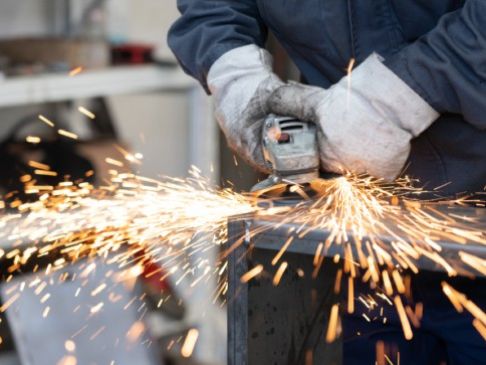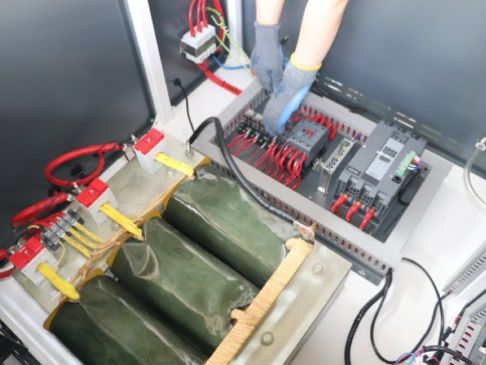Time:
5 Types of Laboratory Furnace
Laboratory furnaces offer continuous heating to samples and materials in a laboratory setting. They are usually built using high-temperature refractory materials so they can sustain high temperatures without breaking down.
Laboratory furnaces are often set to function for extended periods, even up to months at a time to complete a processing cycle. This article will outline five types of laboratory furnaces and their benefits and uses.
Ashing Laboratory Furnaces
Ashing laboratory furnaces are used to measure the changes in weight from samples as one (or more) components are burnt away. Ashing expels organic matter from a sample before analysis through complete combustion of the sample using an ashing furnace.
Ashing laboratory furnaces are often used in the food science industry to quantify the mineral composition of food samples. They are also used in the petroleum industry to test products and ensure their contents are fully combustible.
Box Laboratory Furnaces
Box furnaces use swing out doors or vertical lifts to allow products in a range of sizes to be put inside the furnace. This type of laboratory furnace is used for heat-treating, calcining, pre-heating, tempering, and other high-temperature processes.
Bottom Load Laboratory Furnaces
Bottom-load furnaces are designed for large, heavy, or high-volume samples. These types of furnaces are well-suited to production environments as loading from the bottom has the benefit of heating these samples without the need for cranes.
In this type of laboratory furnace, the load is placed into the chamber and lifted using an elevator hearth. This type of furnace achieves uniform heating across the chamber.
Top Loading Laboratory Furnaces
Top loading furnaces are filled from the top. They are filled by hand for smaller components and use an overhead crane for larger ones. If the heating elements within are well-placed they can ensure good temperature uniformity. These laboratory furnaces are especially well-suited to glass tempering applications.
Tube Laboratory Furnaces
Tube furnaces are circular furnaces made from high-temperature ceramic. They can be created from two semi-cylindrical elements or one entirely cylindrical element. Tube furnaces can offer the highest possible temperature uniformity for processing organic and inorganic compounds.
Tube laboratory furnaces are used in a range of applications such as organic and inorganic purification, annealing, drying, coating, accelerated aging and more.
Related News

ndustrial furnaces are used globally for a wide range of applications. As the selection of applications grew, different types of furnaces were developed to keep up with demands.
ASHING FURNACES
Ashing furnaces are used to determine the amount of ash that forms after a sample is burned. Typical materials used as samples in ashing furnaces are petroleum products, lubricating oils, and coal.

Our furnaces can be used in high-temperature tempering, annealing, quenching and other
Get A Free Quote
Submit Request